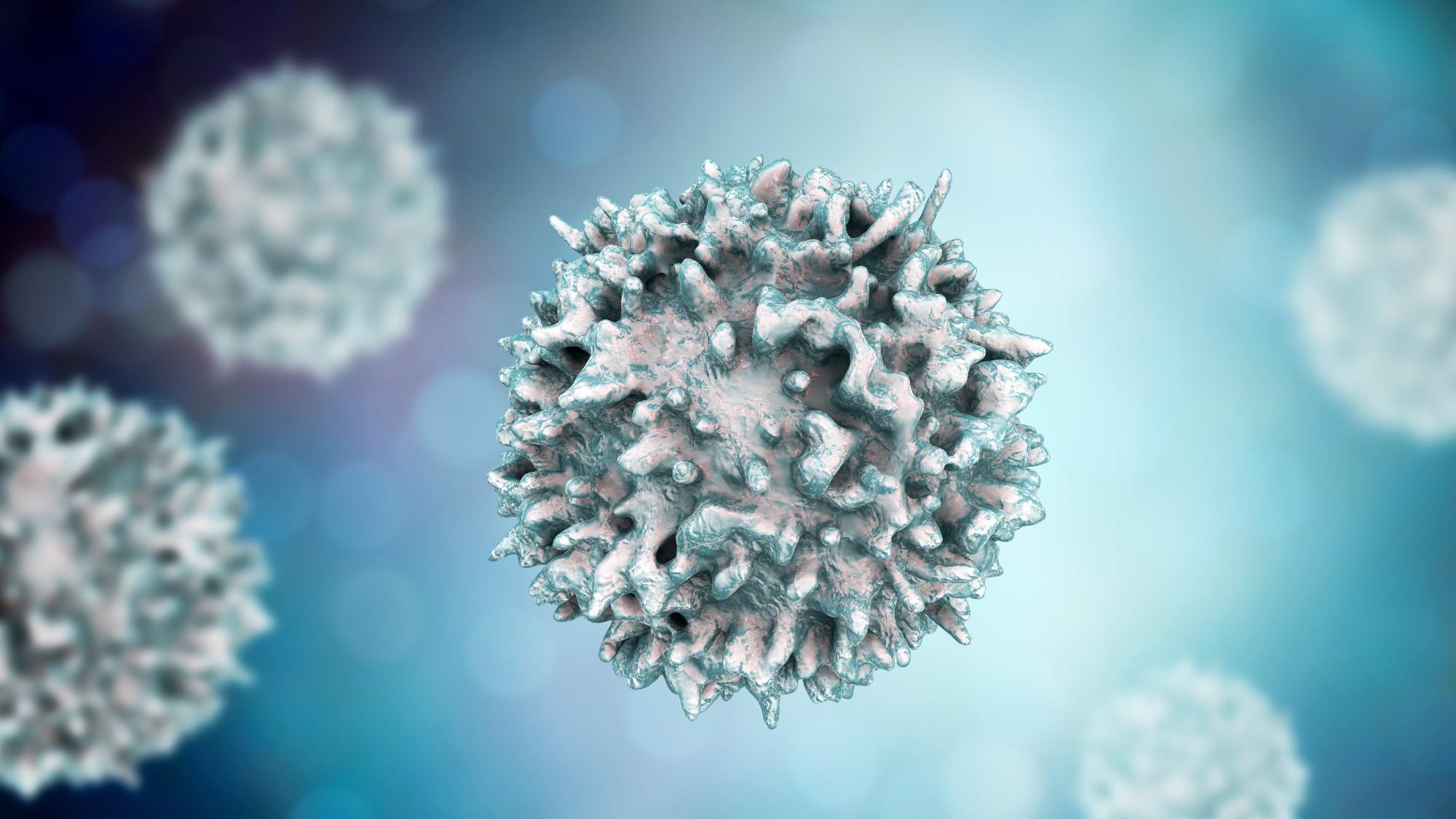In a recently published article in the journal eBioMedicine, scientists have demonstrated that critically ill coronavirus disease 2019 (COVID-19) patients are capable of generating durable memory T cell response against severe acute respiratory syndrome coronavirus 2 (SARS-CoV-2) for more than one year after hospital discharge.
 Study: T cell response against SARS-CoV-2 persists after one year in patients surviving severe COVID-19. Image Credit: Kateryna Kon
Study: T cell response against SARS-CoV-2 persists after one year in patients surviving severe COVID-19. Image Credit: Kateryna Kon
Background
Clinical presentation of critically ill COVID-19 patients is characterized by severe systemic inflammation and altered cellular and humoral immune responses against SARS-CoV-2. Both phenotypic and functional alterations in T cell response together with reduced levels of lymphocytes have been observed in COVID-19 patients who had been admitted to the intensive care unit (ICU).
Activating the innate and adaptive immune systems is required to effectively eliminate the virus. In addition, the virus-specific B cells and T cells developed during acute infection persist for a long time to provide memory immune responses against future infections. Since severe COVID-19 is associated with altered immune system functioning, it is vital to understand whether critically ill COVID-19 patients are capable of inducing robust and durable memory immune responses against SARS-CoV-2.
In the current study, the scientists have assessed anti-SASR-CoV-2 memory T cell response in critically ill COVID-19 patients during the course of recovery. In addition, they have characterized the immune dysfunctions observed in these patients during ICU stay.
Study design
A total of 16 critically ill COVID-19 patients who were admitted to the ICU with SARS-CoV-2 pneumopathy were included in the study. Blood samples were collected from the patients five times during ICU stay and 9 and 13 months after the discharge.
The acute and long-lasting immune responses were assessed by measuring blood levels of lymphocytes, HLA-DR expression on monocytes, plasma levels of interleukins 6 and 10 (IL-6 and IL-10), blood levels of anti-SARS-CoV-2 antibodies, and T cell response to SARS-CoV-2 spike protein, nucleoprotein, and membrane protein.
Important observations
In the study cohort (16 patients), the average duration of symptoms before ICU admission was 9 days. During the first follow-up (9 months after discharge), persistent symptoms (pain, dyspnea, and neuropathy) were observed in 9 patients. During the second follow-up (13 months after discharge), persistent symptoms were observed in 10 patients. In both follow-up visits, all patients tested negative for SARS-CoV-2 infection.
Innate immune response to SARS-CoV-2 infection
All critically ill patients showed decreased expression of monocyte HLA-DR, decreased blood levels of lymphocytes (B cells, natural killer cells, and CD4+ and CD8+ T cells), and increased plasma levels of pro-inflammatory and anti-inflammatory cytokines. These responses were highest at admission and gradually reduced during the ICU stay. Importantly, all parameters returned to normal physiological levels at follow-up visits.
Presence of circulating virus, viral antigens, and anti-SARS-CoV-2 antibodies
All patients showed high plasma levels of SARS-CoV-2 nucleocapsid at ICU admission, which reduced rapidly afterward. In contrast, a gradual increase in anti-SARS-CoV-2 antibody titers was observed during the first week of admission. Except for four patients, none showed detectable levels of viral RNA in the blood during their ICU stay.
At follow-up visits, all patients remained seropositive, with significantly lower levels of antibodies compared to that during the ICU stay. A significantly elevated level of antibody was observed only in patients who had received the COVID-19 vaccine during the follow-up period.
T cell response to SARS-CoV-2 infection
Anti-SARS-CoV-2 T cell response was measured by measuring T cell proliferation against three viral antigens (spike protein, nucleoprotein, and membrane protein). The experimental controls included unexposed and unvaccinated donors, vaccinated but unexposed donors, and SARS-CoV-2-exposed donors.
In unvaccinated donors without a history of SARS-CoV-2 infection, no T cell response was detected against any of the tested viral antigens. In contrast, fully-vaccinated donors without prior infection showed spike-specific T cell response after stimulation of the pre-existing T cell population with spike peptides. This indicates the presence of memory T cell response against the spike protein (vaccine immunogen) in vaccinated donors. In donors with a history of mild SARS-CoV-2 infection, a detectable T cell response was noted against all tested viral antigens.
At follow-up visits, all critically ill patients showed detectable CD4+ and CD8+ T cell responses against all tested viral antigens. The frequency of anti-SARS-CoV-2 T cells in critically ill patients was similar to that observed in vaccinated donors and those with prior SARS-CoV-2 infection.
A significantly higher frequency of anti-SARS-CoV-2 T cell response was observed in patients who stayed longer in the hospital (30 – 119 days). In these patients, a more profound immune dysfunction was observed upon ICU admission compared to patients with shorter hospital stays (7 – 17 days). However, no difference in anti-SARS-CoV-2 antibody response was observed between these two groups of patients.
Study significance
The study demonstrates that critically ill COVID-19 patients are capable of generating memory T cell responses against SARS-CoV-2, which remains detectable for more than one year after hospital discharge. Furthermore, the intensity of T cell response correlates with the length of hospital stay.